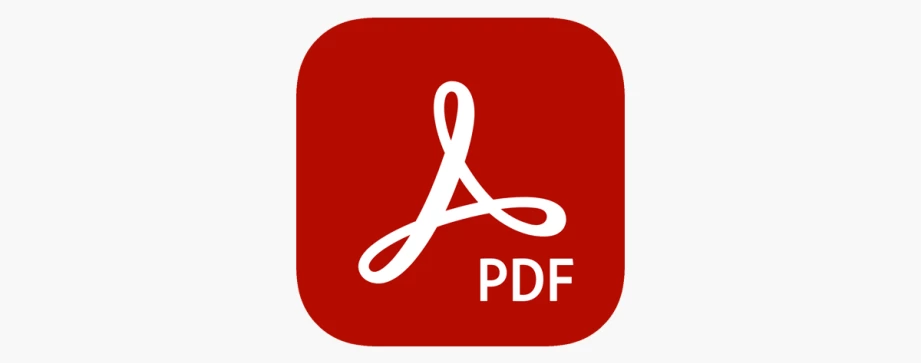
PDF stands for Portable Document Format, standardized in 1993 by Adobe. PDF was developed with the goal of creating lighter documents.
PostScript was used to drive the RIPs of film setters. These files were so heavy and unreadable that people did not know what was happening. It was necessary to develop a more compact file that could be viewed on your screen in the language of high-end setters and printers. All objects, text, vectors, and images had to remain 100% intact and also be of high resolution.
PDF files can contain a variety of content in addition to plain text and images, including logical structuring elements, interactive elements such as notes and forms, layers, rich media (including video content), three-dimensional objects, and various other data formats. The PDF specification also provides for encryption and digital signatures, file attachments, and metadata to enable workflows that require these features.
GrafiStore has been working with PDFs since their early development. If you have questions about PDF, come to us.
The Technical Approach to PDF
A PDF file is often a combination of vector images, text, and bitmap images. The basic types of content in a PDF are:
In later PDF revisions, a PDF document can also support links (within a document or to a webpage), forms, JavaScript (initially available as a plugin for Acrobat 3.0), or other types of embedded content that can be processed with plugins.
PDF combines three technologies:
Why We Pre-flight PDF Files
Pre-flighting is file checking done beforehand to prevent problems during processing or printing. Most common issues can easily be avoided by pre-flighting all files. In 2017, the Ghent Workgroup conducted a survey among 1100 companies with the following findings. The percentage indicates the frequency of each common error.
There are also lesser problems with corrupt fonts, corrupt PDF files, incorrect CMYK separations, missing objects, RIP errors, and incorrect use of layers.
"Just imagine printing just one file incorrectly. How much would this cost?"
There is much more to tell about PDF, the story certainly does not end here. It boils down to the fact that printers and service bureaus must always preflight incoming PDF files, simply to ensure that the quality of the product they will deliver meets the client's requirements.
There are two good software vendors that we trust in this process:
GrafiStore has known these processes for more than 25 years and builds custom PDF control solutions, suitable for your processes. Since there is no single solution that works for everyone, we always look at business processes, equipment, software, and wishes. That's what we are here for.








